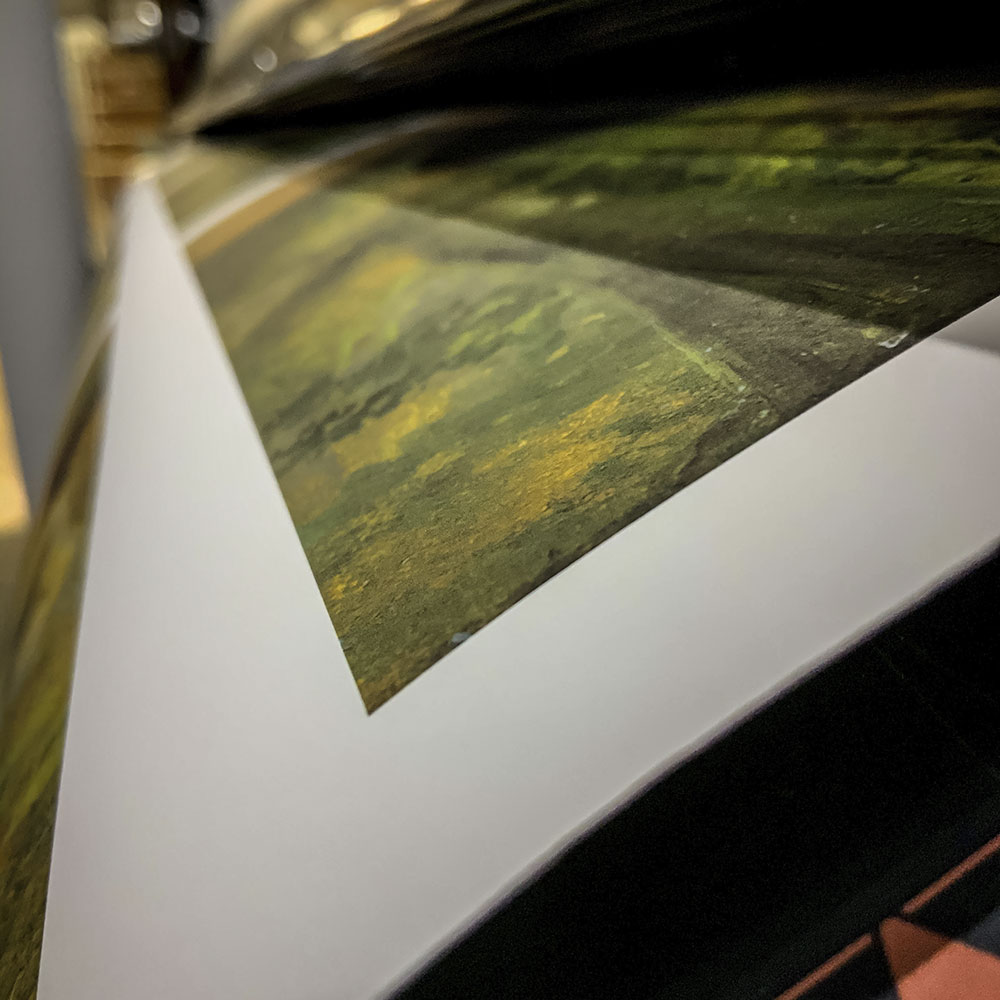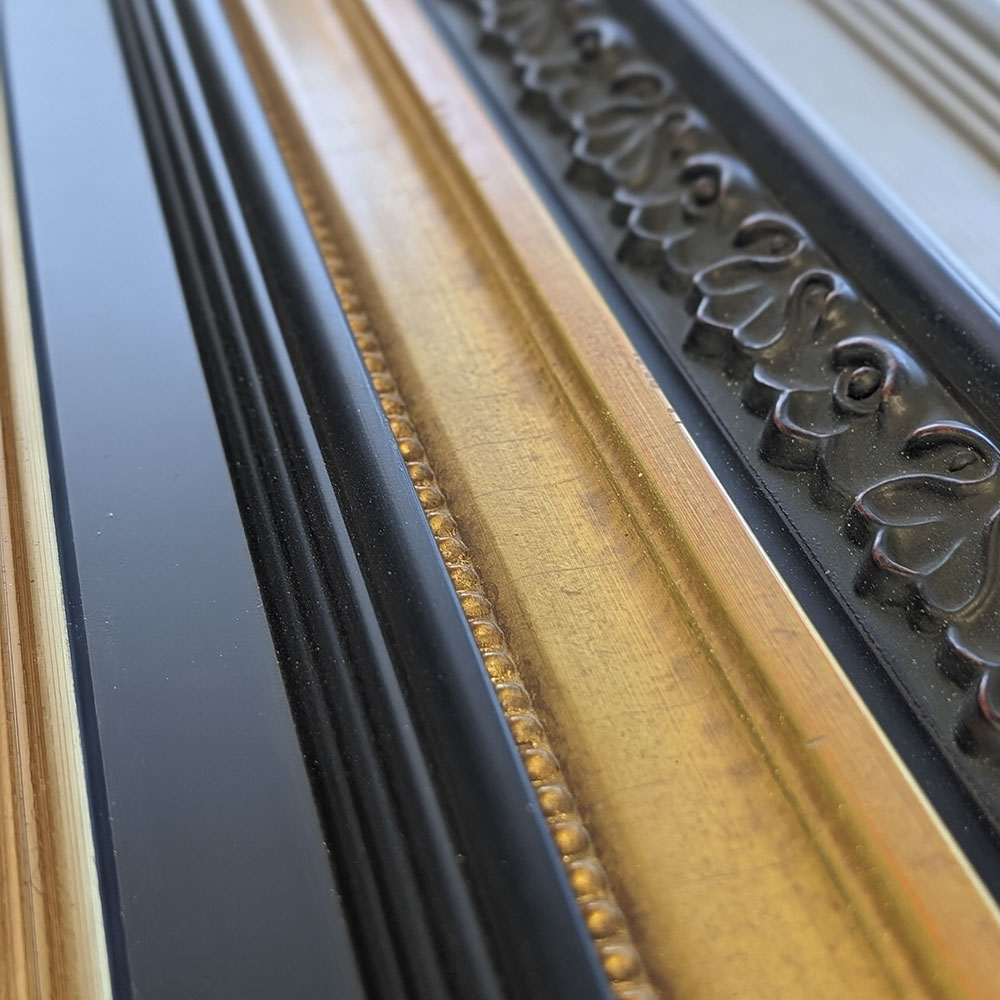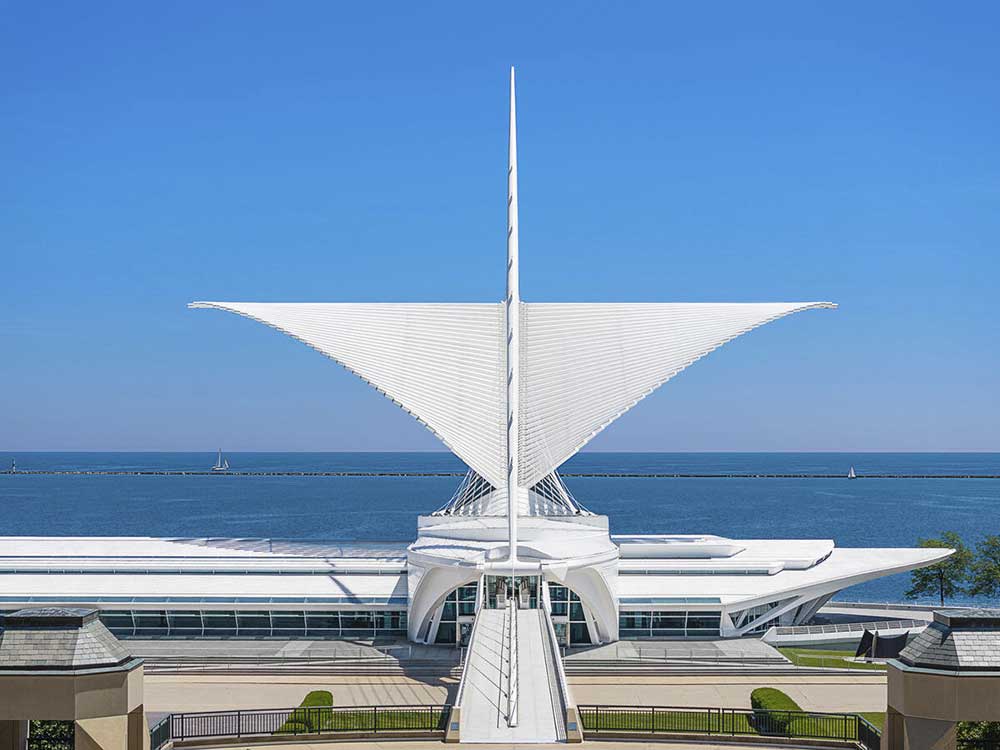Jean Dubuffet (French, 1901–1985), Court les rues, 1962.
Oil on canvas, 57 5/8 × 45 in. (146.37 × 114.3 cm). Milwaukee Art Museum, Gift of Mrs. Harry Lynde Bradley. M1973.603. Photo: Cleber Bonato. © 2024 Artists Rights Society (ARS), New York / ADAGP, Paris.
Arguably the most radical painter in post-war France, Dubuffet abandoned the facile painterly quality of pre-war School of Paris art and sough inspiration from children, mental patients, and folk art. He collected such works and aspired to emulate their raw power in his own paintings, creating a style he called Art Brut (raw art). Reacting to the horrors of World War II, Dubuffet theorized, "that a complete liquidation of all the ways of thinking whose sum constituted what has been called humanism and has been fundamental for our culture since the Renaissance, is now taking place …. Personally I believe very much in the values of savagery. I mean instinct, passion, mood, violence, madness." Court les rues is from a series titled L'Hourloupe, a nonsense word that suggest something wonderful, yet grotesque. The graphic quality of the artist's line is childlike, but charged, blurring the distinction between the figure and ground into a dynamic surface pattern of sharp contrasts.



